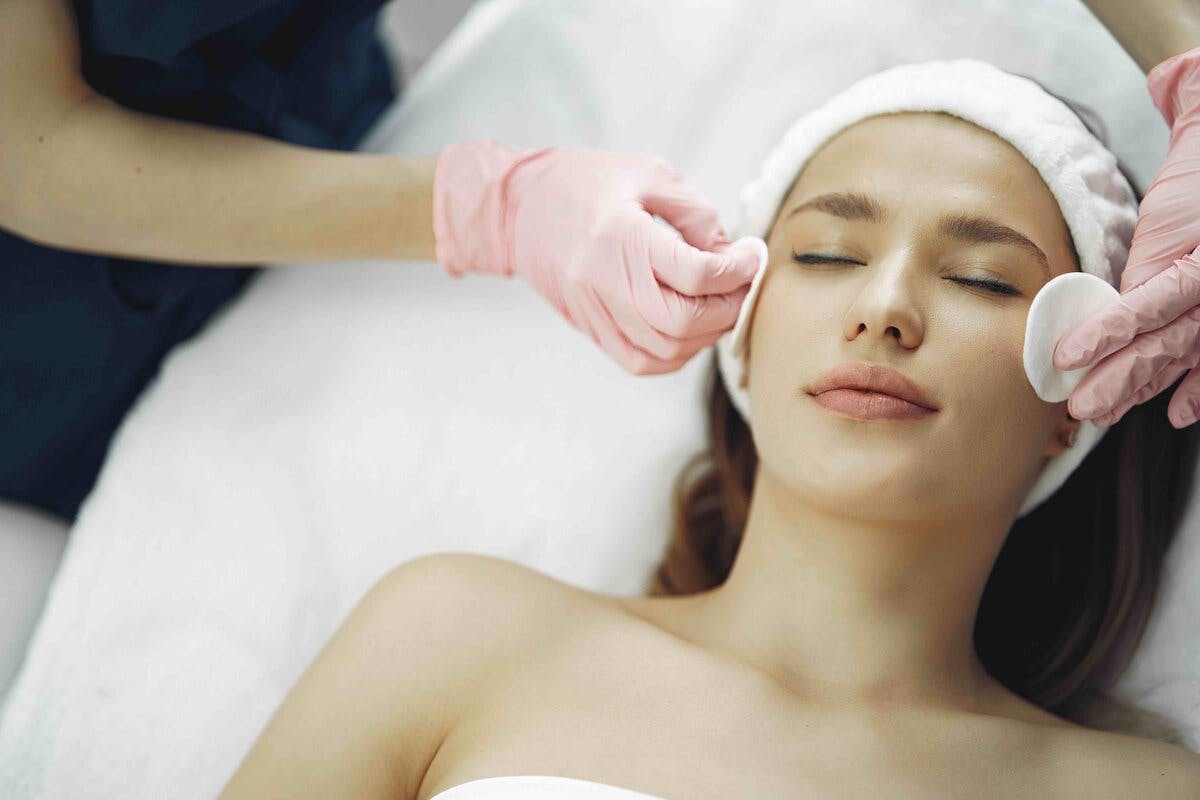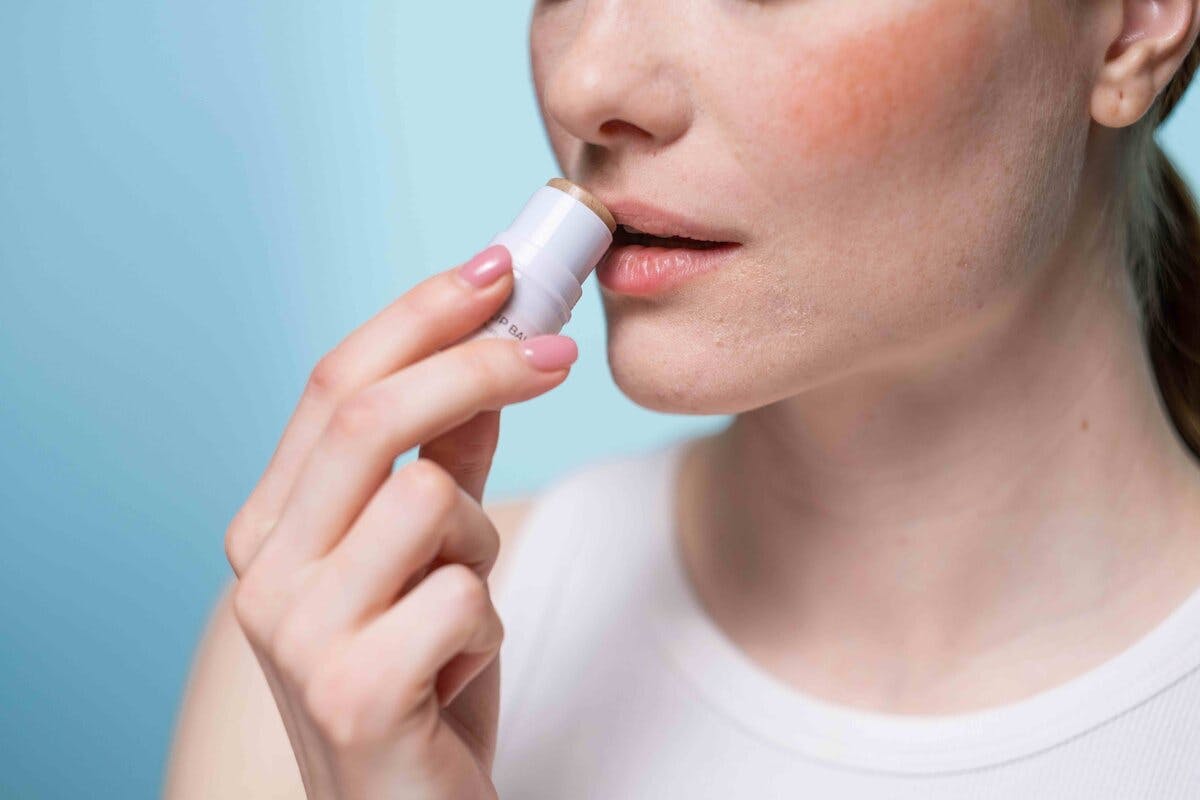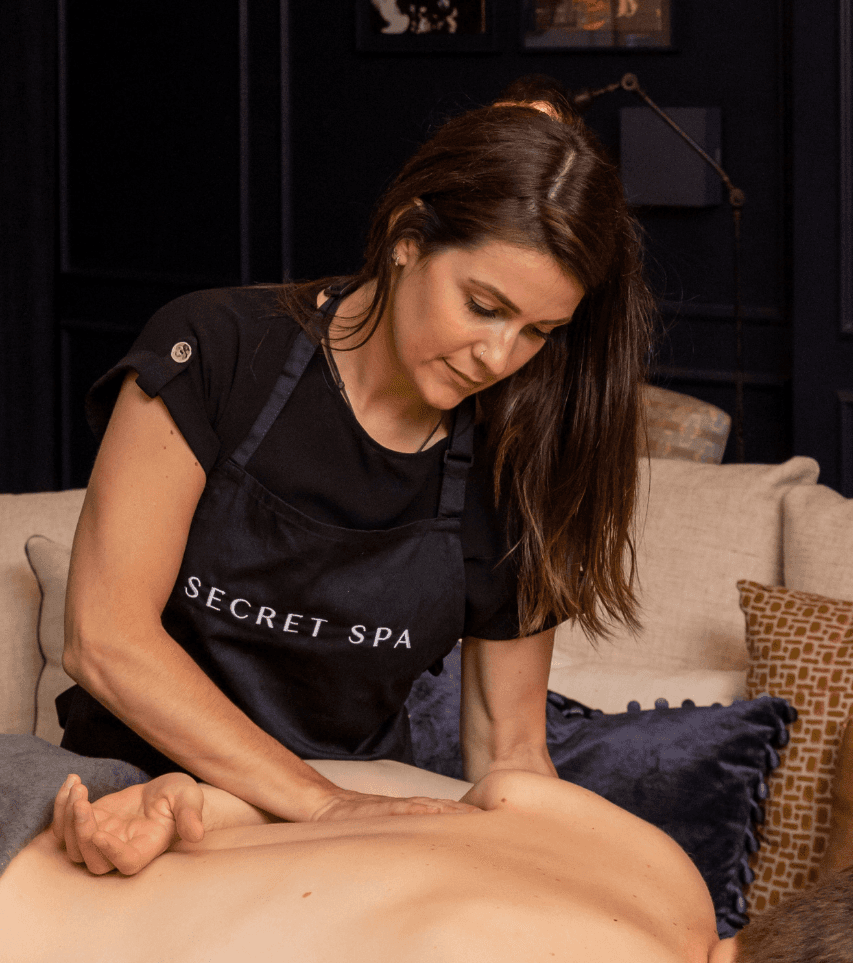What is dermaplaning and should you try it?
May 18, 2021

Dermaplaning is a relatively simple non-permanent cosmetic procedure to reduce the appearance of fine lines, acne scars and blemishes, creating a smoother look. Here we take you through who it’s for, what it involves, the benefits, drawbacks, and recommended aftercare.
What is dermaplaning?
Dermaplaning is a procedure to create smoother skin. It works by removing the very top layers of your skin where there is evidence of scars (e.g. from acne), fine lines, and some blemishes from sun-damaged skin. A treatment professional skilfully skims the surface of the skin using an exfoliating blade. As well as the top layer of skin, it also removes the hair. Dermaplaning is non-invasive and doesn’t require a difficult recovery. It’s used by those wanting a more youthful and soft complexion, to minimise dullness and the appearance of minor skin damage.
What to expect at your dermaplaning session
Dermaplaning should be painless, but you may feel a little tingling or heightened sensitivity as the top skin cells are removed. However, some technicians offer a numbing spray. The procedure is carried out with you lying down and a session usually takes around half an hour. Once completed, the provider will usually apply a soothing balm as well as a sunscreen.It’s not unusual to experience some redness for a few days immediately following dermaplaning. It takes a few days before you can appreciate the full results.Dermaplaning isn’t permanent. Its effects last for around three weeks.
Benefits of dermaplaning
There are various pros and cons of dermaplaning. It’s important to remember that most of the benefits of dermaplaning are anecdotal, rather than scientifically proven.
Enables better product absorption: When you apply creams and serums to your face, they need to penetrate the top layers to fully benefit your skin. With dermaplaning, the top layer and dead skin cells are removed, meaning the product can penetrate more deeply. Your makeup can also be applied more smoothly.
Removes peach fuzz: The fine soft hairs on your face will be completely removed with dermaplaning, leaving your skin clear and soft. This fine hair can trap sebum and dirt, leading to breakouts.
Gives you lovely soft skin: Your face will feel extremely soft and smooth.
Reduces the appearance of acne scars: Many say that dermaplaning has reduced the visible appearance of their depressed acne scars.
Reduces the appearance of lines and wrinkles: Similarly, many swear by dermaplaning for giving them a more youthful complexion with less noticeable fine lines and wrinkles.
Enhances radiance: By removing the dead skin cells, dullness is eliminated and you will experience a more radiant complexion.
Non-invasive and minimal recovery: This isn’t a complex cosmetic procedure, and within a few days you’ll notice the benefits. No chemicals are used.
Is suitable for most people: All skin types can generally use dermaplaning safely.
Dermaplaning side effects
Dermaplaning is considered to be low-risk and suitable for most people. The most common side effect is simply some redness on your face immediately following the procedure which may appear worse for the first few days. This then calms down to bring you the benefits.Occasionally, some people find that they get spots within a few days.Very occasionally, and usually due to poor technique or processes, infection and scarring may occur. You may also develop patchy pigment on your face, but this should disappear with time.Importantly, after dermaplaning, your skin on your face is more sensitive to sun exposure. You should always wear sunscreen following dermaplaning to prevent pigment patches or sensitivity.
Dermaplaning aftercare
As we say, protection from sun exposure after dermaplaning should feature highly in your dermaplaning aftercare. Your practitioner should apply sunscreen immediately after the treatment. You will then need to ensure you have sunscreen on every time you go outside (even on cloudy days!) for several weeks. Use at least SPF 30.In addition, we recommend the following aftercare tips:
Avoid the sun: For three days we recommend that you avoid direct sun exposure entirely, and definitely don’t sunbathe!
Use moisturisers: Choose fragrance free natural moisturisers and serums to nourish and soothe your skin.
Avoid heat: Likewise, so as to not exacerbate the redness, avoid too much heat for three days too. Keep your hairdryer away from your face, and don’t use saunas or steam rooms.
Don’t exfoliate: After dermaplaning, you do not need to exfoliate (dermaplaning is extreme exfoliation!). Avoid scrubs and other exfoliation for at least one week.
Don’t swim: Don’t go in a chlorinated pool or hot tub for a week following your treatment.
Don’t exercise for 24 hours: To minimise sensitivity, redness, and the potential for outbreaks, avoid getting too sweaty for 24 hours following your treatment.
Don’t wear makeup for 24 hours: We recommend avoiding makeup on your face for 24 hours following treatment.
Avoid other treatments: If you’ve had dermaplaning, you shouldn’t have any other facial treatments for at least a fortnight.
Your dermaplaning technician should explain the aftercare procedure to you thoroughly. Aftercare ensures you get the best results for as long as possible. Make sure you cleanse your skin daily, using only water or a very mild face cleanser. Pat your face gently with a towel to dry, rather than rubbing it. Moisturise it and use a serum. Choose creams and serums rich in hyaluronic acid and vitamin C.
Should you try dermaplaning
It really is a matter of personal choice as to whether you want to try dermaplaning. It is low risk and many people find it gives them the soft, radiant and youthful complexion they desire. However, the effects don’t last very long and there are concerns about sun damage. Some people compare dermaplaning with microdermabrasion.If dermaplaning isn’t for you, you can still benefit from excellent exfoliation in a more pampering facial. With Secret Spa, you can have a facial at home which is tailored to you and your skin type.
Book our
experts today
Related Articles
What is microdermabrasion and what are the benefits?
Oct 9, 2020
How to care for dry lips in winter
Jan 31, 2022
Facials 101: How often to have a facial, aftercare advice and benefits
May 12, 2020
10 best superfoods for glowing skin
Feb 25, 2021
How to revive hangover skin
Aug 6, 2021
Reviving winter skin with a facial – 10 benefits of facials
Nov 26, 2020






